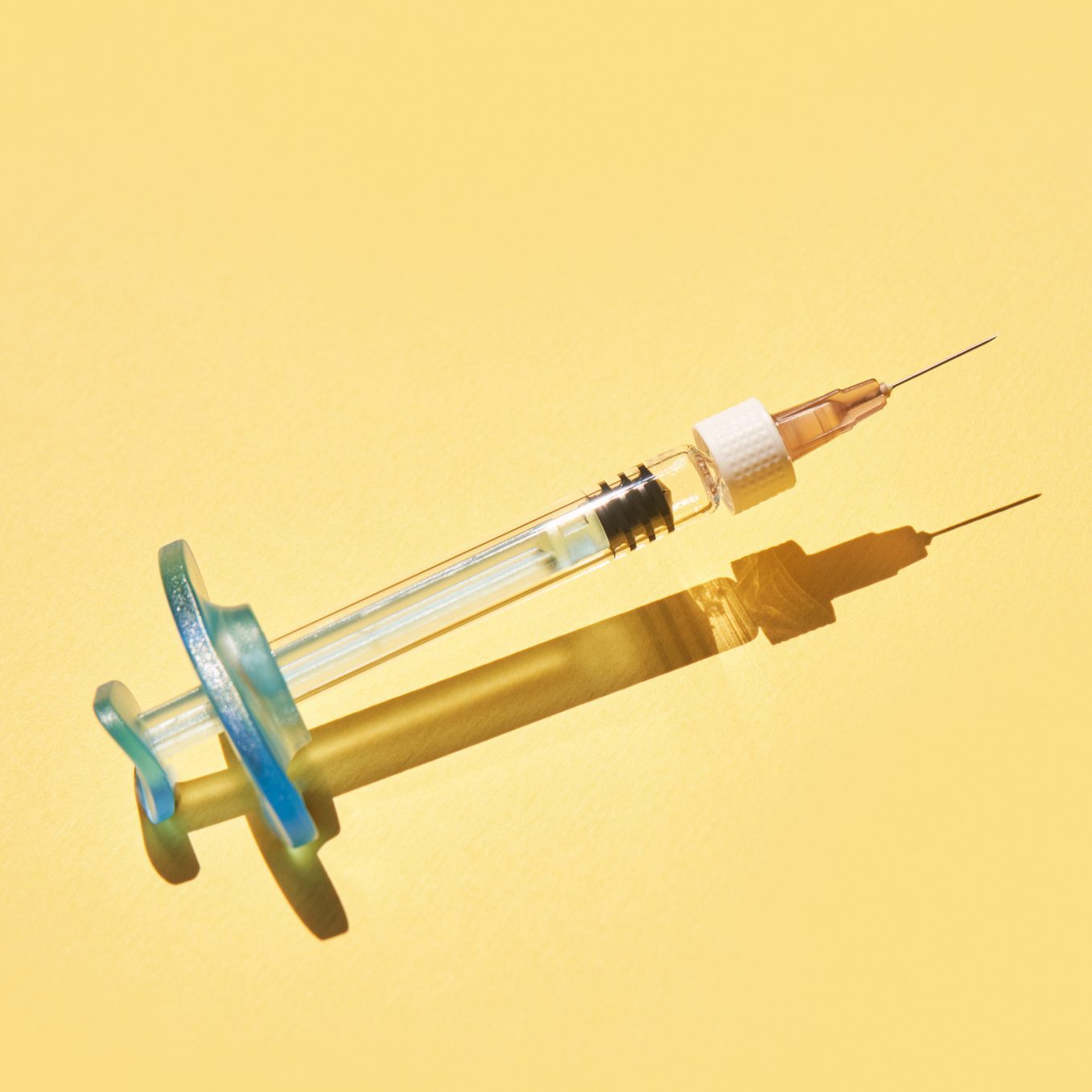A Cleveland Clinic expert answers our questions about Botox—and she says there's one key nutrient that could make all the difference.

How Long Does Botox Last? A Skincare Expert Shares Exactly What to Expect

About the expert
|
Highlights
|
More than four million Americans get injectable treatments like Botox each year, according to data from the American Society of Plastic Surgeons.
Botox is the brand name of one injectable medication in a group known as neuromodulators, explains Taryn Murray, MD, a board-certified dermatologist at the Cleveland Clinic. Other popular brands in this category include Dysport, Xeomin, Jeuveau, and Daxxify.
“Normally, our nerves send a signal to our muscles causing them to contract, which is how we make facial expressions and muscle movements,” she says. Neuromodulators like Botox work by interrupting that signal, leading to smoother skin and a temporary reduction in muscle activity.
Ahead, Dr. Murray breaks down how long Botox lasts, how often you might need it, and what you can do to help your results stick around a little longer.
How does Botox work?
“When injected at precise points, these medications [like Botox] block the signal from our nerves to our muscles, which weakens or eliminates muscle contractions depending on the dose,” says Dr. Murray. When the muscles are unable to contract as strongly, the skin above them can relax. This softens existing wrinkles and helps prevent new ones from forming, giving the skin a smoother appearance.
The effects of Botox, however, aren’t permanent. “Like any medication, Botox gets metabolized by the body, which is why the effects are only temporary,” she adds. Over the course of several months, the body gradually breaks it down and the results begin to fade.
How long does it take for Botox to work?
Botox isn’t instant, but the results don’t take long to appear either. “Some may start seeing results within several days of treatment, but it takes roughly two weeks for Botox to take full effect,” says Dr. Murray. If you’re planning ahead for a big event, be sure to let your doctor know. That way, you can work together to time your treatment so the full results have a chance to settle in.
How long does Botox last?
“On average, Botox lasts roughly three to four months, but there are several factors that contribute to the duration of the effects, including the dose, location of injections, treatment interval, and patient-specific factors,” explains Dr. Murray.
According to Dr. Murray, the higher the dose (or number of units) used, the longer the results tend to last. Equally important is where the Botox is injected: Precise placement into the target muscle is key for both a natural appearance and prolonged effectiveness.
Timing your sessions right can also make a difference. Letting Botox completely wear off before getting another treatment may help extend results in the long run, because it allows all the receptors to reopen and respond fully to the medication.
That said, individual factors play a big role. Some people naturally metabolize the drug faster than others, especially those who are very physically active. There’s even some evidence from smaller studies suggesting that zinc supplements may enhance the effects of Botox, since zinc is necessary for the medication to work properly, Dr. Murray adds.
And if you’re wondering whether the reason for your treatment affects how long Botox lasts, the answer is: not really. Whether you’re getting Botox for cosmetic reasons—like smoothing fine lines—or for medical concerns such as migraines or excessive sweating (hyperhidrosis), the effects typically last about three to four months with the appropriate dose. That’s because the body metabolizes Botox at a consistent rate across different uses.
How often should you get Botox?
“The treatment schedule should be tailored to the individual based on how long Botox lasts for them,” says Dr. Murray. For most people, that means a touch-up every three to four months.
Sticking to a consistent routine can help keep facial muscles relaxed and may lead to better long-term results. But even if you don’t follow a strict schedule, you can still see improvements. “While a consistent treatment schedule may yield improved long-term results, there is still a benefit from any Botox treatment.”
How to make Botox last longer
To help Botox last longer, Dr. Murray recommends staying on a consistent treatment schedule and talking to your doctor about whether a zinc supplement might be beneficial. She also points out that frequent, strenuous exercise can speed up your metabolism, which may cause Botox to wear off more quickly.
It’s normal to experience mild bruising, swelling, a temporary headache, or some tenderness at the injection sites. However, she cautions that improper placement of Botox can lead to several months of droopy eyelids, uneven eyebrows, or other facial asymmetries, depending on where the product is injected.
“To avoid these unwanted side effects, always seek treatment with an experienced physician, such as a board-certified dermatologist, and don’t be afraid to inquire about your injector’s credentials,” she concludes.
For daily wellness updates, subscribe to The Healthy by Reader’s Digest newsletter and follow The Healthy on Facebook and Instagram. Keep reading:




















